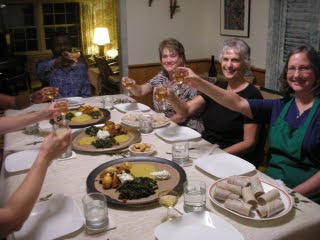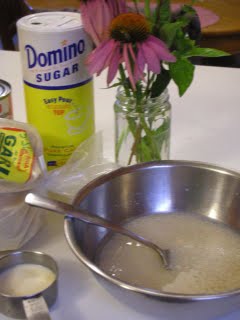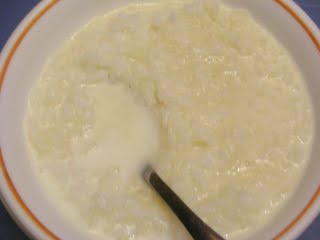Injera in State College
 Our Ethiopian cooking class last week was fun. True, it was a challenge for everyone to get the injera thin enough, and we cheated after roasting the Ethiopian coffee beans in a cast iron frying pan by grinding them in a coffee grinder (along with a few cloves and a short stick of cinnamon). And we had to use an American coffee pot to serve the coffee, plus we had to substitute mead
Our Ethiopian cooking class last week was fun. True, it was a challenge for everyone to get the injera thin enough, and we cheated after roasting the Ethiopian coffee beans in a cast iron frying pan by grinding them in a coffee grinder (along with a few cloves and a short stick of cinnamon). And we had to use an American coffee pot to serve the coffee, plus we had to substitute mead  for tej at dinner. You can only special order a whole case of tej to get it in the state liquor stores here in central Pennslvania, where there are no Ethiopian/Eritrean restaurants, but a good time was had by all.
for tej at dinner. You can only special order a whole case of tej to get it in the state liquor stores here in central Pennslvania, where there are no Ethiopian/Eritrean restaurants, but a good time was had by all.
The stews (wats and alechas) and Ethiopian-style cheese were a hit and people were eager to take home some of the sour dough starter made with tef, as well as authentic berberé to try their hands at duplicating our meal.
The electric metad (aka lefse maker) worked fine, and we served the injera on 16-inch pizza pans at the table. Tomorrow I'll get back to the cookbook recipes. Watch for recipe #17, Ghanaian tatale (ripe plantain pancakes).

I'm still waiting to hear who else is teaching African cooking classes, and where.
Labels: alecha, Ethiopian food, injera, mitad, wat
















